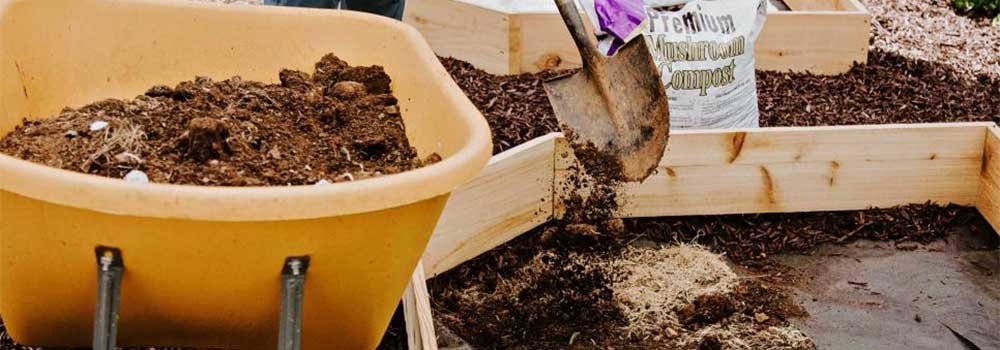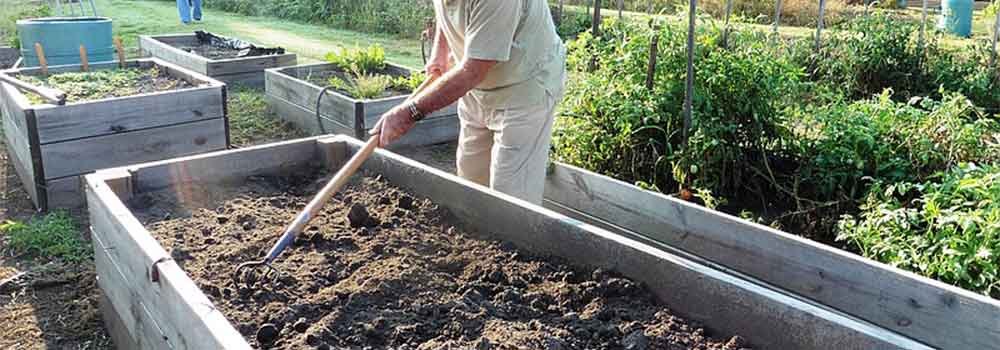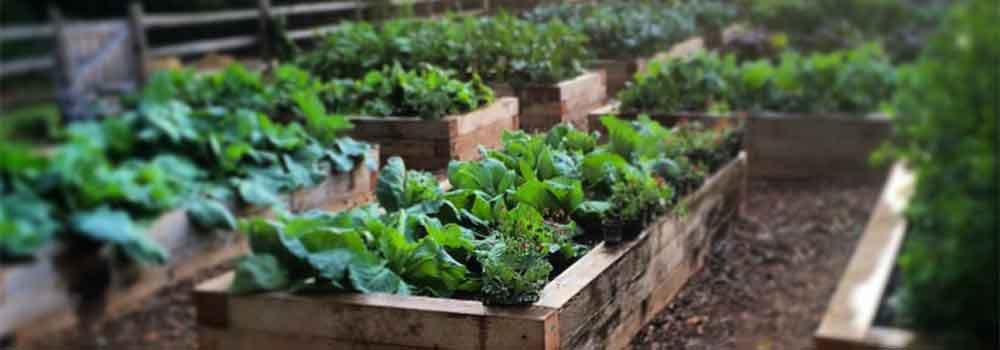You’re officially sold on the advantages of raised garden beds. And you’ve probably been growing in them for years. You will not need to change the soil in the raised beds if you keep it properly.
Unless your plants introduce a soil-borne illness, you don’t even need to replenish your raised bed soil. Just keep it up! Do you want to know how frequently, or better, to enrich the soil in raised beds?
And how can you keep good soil in raised beds? Here are some pointers. Therefore, before you look for the answer to the question: how to prepare soil for raised garden bed, let’s know the tips.
Compost Should Add to Your Raised Bed

Compost isn’t simply for preparing spring beds! In the fall, add compost to your raised beds. Compost is an excellent method to finish the gardening season in raised beds. Because this compost will be sitting on the bed for the whole winter, it does not need to break down.
Composting can take place directly on the raised bed. Besides, it’s a terrific method to get rid of fall yard detritus. The mulch will protect the soil from severe winter weather, allowing nutrients to remain in the raised bed.
In Raised Beds, Use Soil Amendments

In raised beds, soil additives have added soil to increase soil quality. The particular effects of soil additives on the soil will vary depending on the type of soil amendment used.
You may wish to explore adding soil amendments to boost the nutrients in the soil or modify the soil’s physical structure, which has referred to as tilth. Described, it relates to the texture of the soil. Assume, for example, that the soil in your raised bed is drying up too quickly.
Perhaps you did not apply the proper soil combination in the first place. Maybe your soil included too much sand, causing water to flow fast through the soil before the plants had a chance to absorb it.
Grow a Plant

When replenishing nutrients in raised beds, don’t overlook cover crops. Cover crops aren’t just for large-scale farmers aiming to control weeds. They will also benefit raised beds for home gardeners.
Cover crops aerate the soil, especially if they have a deep root system, such as alfalfa. When it comes time to plant, the root system will draw nutrients from deep under the soil to the surface, making nutrients readily available.
Till the cover crop into the soil a few weeks before planting. This raises organic matter, which improves soil health and enhances nutrient levels.
Gardening with Lasagna
Another terrific strategy for improving soil conditions is lasagna gardening. It has often known as No-Till gardening or sheet composting. So, whether you’re starting from zero or working on an existing raised bed garden, you can enhance your soil conditions right away.
The soil in your raised bed depletes over time. You maintain adding layers like in a lasagna garden. This is by sheet composting and thoroughly repairing your soil from the top down. You can also use the soil on vertical wall hanging planters for planting tree.

